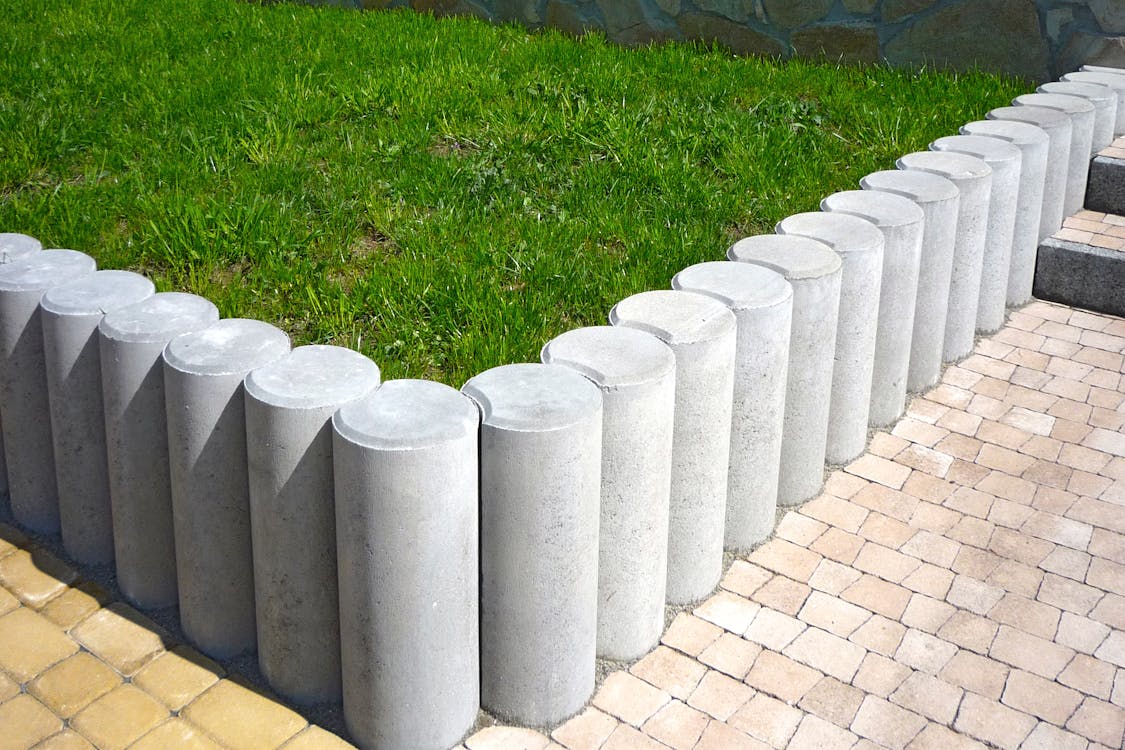Landscaping Sustainably: Soil and Material Recycling Guide
Landscaping Sustainably: Soil and Material Recycling Guide
Blog Article

Rethinking the Landscape: Why Recycling in Landscaping Matters More Than Ever
Lasting living doesn't quit at recyclable bags and photovoltaic panels-- it prolongs right into our yards. Landscape design is undergoing a silent revolution, where ecological awareness and imagination are improving how we create outdoor areas. Among one of the most exciting shifts in this advancement is the growing focus on reusing products like dirt, mulch, and even hardscape elements. Whether you're collaborating with sprawling acreage or a moderate yard spot, your green thumb can now do double duty-- nurturing plants while maintaining the earth.
Green landscape design isn't just about planting native types and saving water. It's likewise concerning reassessing waste. Dirt, as an example, is frequently treated as disposable during large garden renovations or when handling building debris. But that rich, earthy source can often be repurposed-- and doing so can cut down costs, reduce landfill payments, and develop healthier, much more lasting yards.
Digging into Soil Recycling: Turning "Used" Dirt right into Garden Gold
Dirt recycling begins by understanding what you're working with. If the dirt has actually been previously used in growing beds or building, it may be compressed or depleted of nutrients. But this does not imply it's worthless-- it merely requires rehab.
Start by evaluating your soil. Getting rid of debris like rocks, origins, and trash gives you a clean base. If it's clay-heavy or overly sandy, mixing it with compost or raw material improves appearance and nutrient content. This is where best website a reputable copyright of landscape supplies in Windsor residents trust fund can make a difference, using compost, topsoil blends, and soil conditioners that revitalize weary dirt.
Recycled soil is excellent for raised beds, flower beds, and also new grass installations. By selecting to collaborate with what you already have, you're cutting transport exhausts and reducing the requirement for fresh extracted planet. It's a subtle shift, however when increased throughout areas, its ecological impact is huge.
Recovering the Beauty in Hardscape: Giving Old Materials New Purpose
Following time you knock down a patio area or collect a yard boundary, do not be so fast to throw those broken pavers or chipped blocks. Hardscape materials like stone, concrete, and block are exceptionally resilient-- and very multiple-use. They can end up being rustic edging, captivating tipping stones, or the foundation of a new path.
And afterwards there are decorative rocks. These aspects don't wear-- they just get relocated. Salvaging river rocks, pea gravel, or crushed granite from old installations and redistributing them artistically conserves cash and stops the requirement for more quarrying. It's the kind of circular economy that does not simply benefit your backyard-- it profits ecological communities at large.
Think of this as a chance to infuse your landscape with personality. Recycled components commonly bring an aging of time, a sense of tale. What was when a part of another person's patio could currently be a conversation-starting centerpiece in your drought-tolerant rock yard.
Mulch, Wood, and Green Waste: Composting and Reusing with Intention
Wood chips, leaves, and backyard cuttings are frequently scooped and transported off, only to wind up in community waste. But these products are the perfect structure for mulch or garden compost. Instead of buy brand-new every period, lots of gardeners now produce their own mulch from shredded branches or fall leaves.
Self-made mulch not only subdues weeds and keeps soil wetness but likewise gradually decomposes to nurture the soil. With time, this builds a healthy and balanced expanding environment that's even more lasting than synthetic plant foods or imported modifications.
If you're expanding into composting, environment-friendly waste like vegetable scraps, turf trimmings, and coffee premises can feed your soil. This composting culture isn't just green-- it's empowering. It puts control in your hands and transforms daily waste right into horticulture treasure.
Creative Reuse in Outdoor Projects: Where Sustainability Meets Style
Environment-friendly landscape design is as much concerning layout as it is about materials. Raised beds made from salvaged wood, garden seating produced from leftover stone, or retaining walls built with reclaimed bricks show that sustainability and charm are not mutually exclusive. They're companions in modern landscape design.
More homeowners are sourcing their materials in your area via relied on Landscape Supply in Greeley, CO suppliers that comprehend the value of both brand-new and recycled sources. It's regarding discovering providers who supply top quality, longevity, and a dedication to ecologically responsible techniques. Whether you're completing a flower bed or overhauling a whole lawn, local sourcing lowers discharges and supports local economic climates.
There's also an expanding community of DIY landscaping companies and specialists sharing ideas for repurposing products online and through area networks. You may discover that your neighbor's discarded lumbers are exactly what you require for a brand-new garden bench-- or that the heap of rubble you believed was waste is actually the foundation for your following retaining wall surface.
Landscaping for the Future: Small Steps, Big Impact
The course to a more sustainable landscape starts with basic choices. Recycle dirt instead of unloading it. Repurpose hardscape materials rather than acquiring new. Compost your cuttings as opposed to bagging them for garbage dump pick-up. These aren't massive modifications-- they're conscious changes. Yet their impact resonates.
By accepting recycled materials and smarter sourcing, you're not simply horticulture-- you're component of an activity. An activity towards much less waste, even more creativity, and deeper connection with the land under your feet.
So the next time you're planning your yard or updating a garden feature, hesitate before discarding what seems unusable. There's beauty in the reused, toughness in the repurposed, and purpose in every lasting selection you make.
Keep tuned for even more pointers and fresh landscape design concepts that assist you grow greener, smarter, and much more inspired with every season. Maintain adhering to along-- and allow's keep creating a cleaner, much more conscious outdoor globe with each other.
Report this page